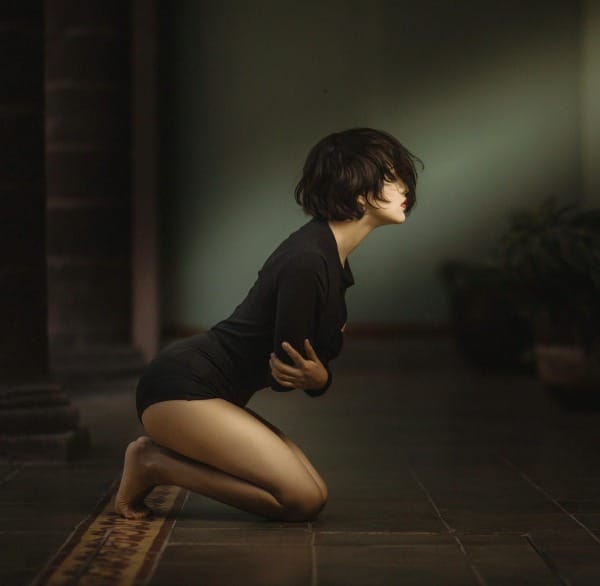Chiropractic care has gained popularity as a non-invasive approach to treating various musculoskeletal issues and promoting overall wellness. This holistic practice focuses on the relationship between the spine and nervous system, aiming to restore proper alignment and function throughout the body. Let's explore the numerous advantages of chiropractic care and how it can contribute to your overall health and well-being.
Key takeaways:
• Chiropractic care focuses on spinal alignment to improve overall health
• It offers non-invasive, drug-free treatment for various musculoskeletal issues
• Regular chiropractic adjustments may help prevent injuries and improve posture
• Chiropractic care can complement other healthcare approaches for holistic wellness
Pain relief and management
One of the primary benefits of chiropractic care is its effectiveness in treating and managing pain, particularly in the back, neck, and joints. Through spinal manipulations and adjustments, chiropractors can alleviate pressure on nerves and reduce inflammation, often providing immediate relief. This approach can be especially beneficial for conditions such as:
• Lower back pain
• Neck pain
• Headaches and migraines
• Sciatica
• Arthritis
Chiropractic treatments offer a drug-free alternative for pain management, reducing the need for pain medications and their potential side effects.

Improved mobility and function
Regular chiropractic adjustments can help improve joint mobility and overall function of the musculoskeletal system. By restoring proper alignment, chiropractic care can:
• Increase range of motion in joints
• Enhance flexibility
• Improve muscle strength and coordination
These improvements can be particularly beneficial for athletes and active individuals looking to optimize their performance and prevent injuries.
Posture correction and spinal health
In our modern, sedentary lifestyle, poor posture has become increasingly common, leading to various health issues. Chiropractic care can help correct postural imbalances by:
• Realigning the spine
• Strengthening supporting muscles
• Providing education on proper ergonomics
Improved posture not only reduces strain on the spine but can also alleviate related issues such as headaches, fatigue, and breathing difficulties.
Support for overall wellness
Chiropractic care extends beyond treating specific pain or injuries. Many patients report improvements in their overall health and well-being after regular chiropractic treatments. Some potential benefits include:
• Enhanced immune function
• Improved sleep quality
• Reduced stress and tension
• Better digestive health
While more research is needed to fully understand these effects, many believe that proper spinal alignment allows the nervous system to function optimally, positively impacting various bodily systems.
Complementary approach to healthcare
Chiropractic care can work well in conjunction with other healthcare approaches, offering a complementary treatment option for many conditions. It can be particularly effective when combined with:
• Physical therapy
• Massage therapy
• Acupuncture
• Nutritional counseling
This integrative approach allows for a more comprehensive treatment plan tailored to individual needs.
Conclusion
Chiropractic care offers numerous advantages for those seeking to improve their musculoskeletal health and overall well-being. From pain relief and improved mobility to posture correction and support for general wellness, regular chiropractic adjustments can play a valuable role in maintaining optimal health. As with any healthcare decision, it's important to consult with qualified professionals to determine if chiropractic care is right for you and to ensure it's properly integrated into your overall health plan.
If you're interested in exploring the benefits of chiropractic care, consider scheduling a consultation with a licensed chiropractor to discuss your specific health goals and concerns. Remember, taking proactive steps towards aligning your body can lead to significant improvements in your overall health and quality of life.
References:
- Chou R, et al. Nonpharmacologic Therapies for Low Back Pain: A Systematic Review for an American College of Physicians Clinical Practice Guideline. Ann Intern Med. 2017;166(7):493-505.
- Miners AL. Chiropractic treatment and the enhancement of sport performance: a narrative literature review. J Can Chiropr Assoc. 2010;54(4):210-221.
- Morningstar MW, et al. Reflex control of the spine and posture: a review of the literature from a chiropractic perspective. Chiropr Osteopat. 2005;13:16.
- Hawk C, et al. Best Practices for Chiropractic Care for Older Adults: A Systematic Review and Consensus Update. J Manipulative Physiol Ther. 2017;40(4):217-229.
















Member discussion